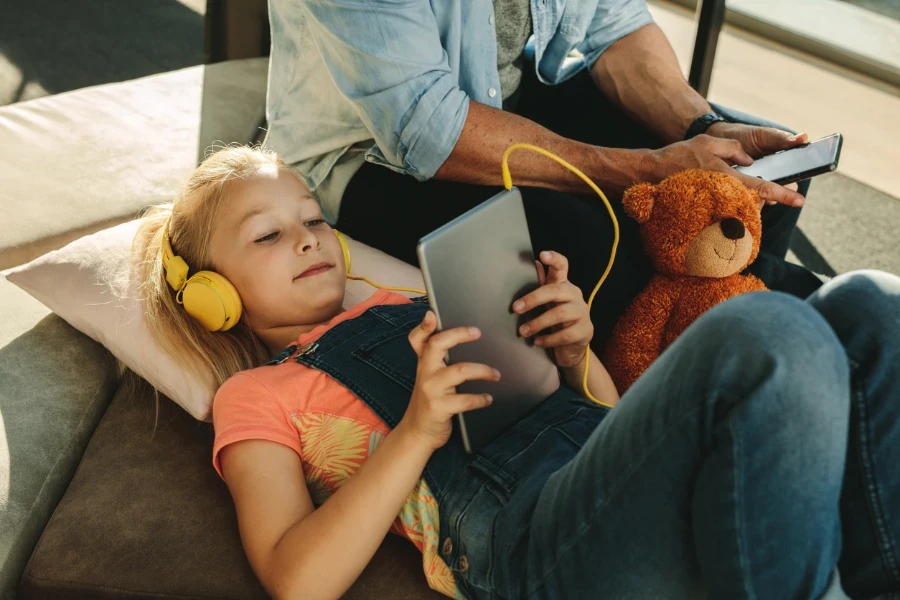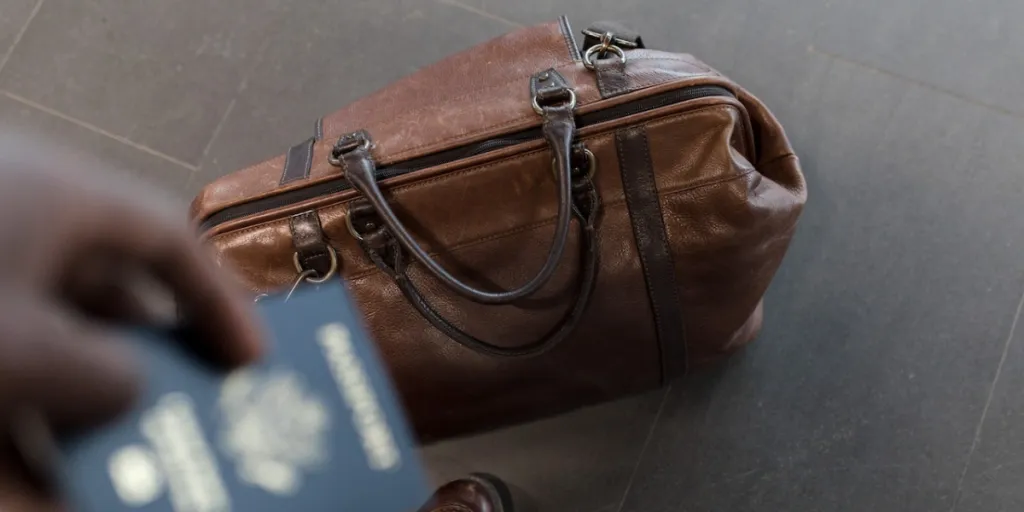In 2023, travel has more than returned to pre-pandemic levels. Despite inflation, people are committed to continuing to travel and are seeking out important tech devices to increase their comfort and make the experience of travel more entertaining.
In this guide we’ll take a look at the best high-tech travel essentials that all consumers need to survive a long flight in comfort.
Table of Contents
Market for travel tech
Best travel tech for comfort
Best travel tech for entertainment
Best tech for the business traveler
Conclusion
Market for travel tech
According to a late 2022 report from Hopper, 96% of Hopper users planned to take at least one trip in 2023, with nearly 80% planning to spend at least the same or more than they did in 2022 on travel and travel reports so far in 2023 provide evidence that this has been true so far this year.
According to the National Travel Survey, during the first quarter of 2023, Canadian residents took 66.5 million trips, which is 20 million more than in 2022. They took 58.2 million domestic trips, up by 14.7 million from 2022 and even 7.3% more than in the same quarter in 2019.
In the US, according to the US Travel Association, total travel spending in August of 2023 remained at 1.2% above last year’s levels for the third month in a row and was up 4.1% year-to-date through July 2023.
According to Google Ads, travelers seek tech to improve their travel experience. Here are some stats:
- More than 9,000 monthly searches for noise-canceling headphones for travel or flights, specifically with a total of over 550,000 monthly searches for noise-canceling headphones
- More than 8,000 monthly searches for battery banks for travel
- More than 1,000 monthly searches for iPad holders for travel
- More than 74,000 monthly searches for AirFly (a device that allows users to connect Bluetooth headphones to airplane entertainment)
Best travel tech for comfort
When it comes to a long flight, comfort is of the utmost importance. Experienced travelers ensure to wear travel-appropriate clothing and bring a travel pillow, ear plugs and an eye mask. But what kind of tech helps to make a flight as comfortable as possible? The biggest thing is noise-canceling headphones.
What makes for the best noise-canceling headphones for travel?

Of course, the two biggest things consumers consider when picking the best noise-canceling headphones for travel are effective noise-canceling and comfort, but here are the other factors they consider:
- Battery life: Long flights can last several hours, so a long battery life is essential. Some models offer 20-30 hours of playtime on a single charge.
- Quick charging: In case headphones run out of battery during a layover or in-flight, having a quick charge feature can be a lifesaver. Some headphones can provide several hours of playback with just a 10-15 minute charge.
- Wired and wireless connectivity: Headphones that support wired and wireless (Bluetooth) connections can be ideal for both in-flight entertainment systems and the consumer’s devices.
- Controls: Easily accessible controls on the headphones are convenient for adjusting volume, skipping tracks, and managing calls without reaching for the device.
- Foldable or collapsible design: Headphones that can be folded or collapsed for storage in a compact travel case are more convenient to carry when not in use. Of course, a durable and protective carrying case is also essential for keeping headphones safe and organized while traveling. Note: some travelers opt for noise-canceling earbuds over over-ear headphones due to their portability, and here are some tips on choosing the best in-ear headphones.
- Passive listening mode: Some headphones offer a passive listening mode that allows people to listen to audio without activating noise cancellation or draining the battery.
- Multi-device connectivity: For those who frequently switch between devices, headphones with the ability to connect to multiple devices simultaneously can be convenient.
Another great gadget is AirFly; this device plugs into the airplane media outlet and allows users to pair it with their Bluetooth headphones (best who has corder headphones anymore, right?). But for those who have corded headphones and are traveling with a companion, a headphone jack splitter is a great idea to have on hand so you can watch or listen to something together.
Want to know more about the difference between on-ear vs over-ear and earbuds vs in-ear headphones? Learn more here.
Best travel tech for entertainment

Headphones are, of course, essential when it comes to entertainment, but a few other devices are sought after by frequent travelers to make the experience more entertaining (or at least more bearable), the most common being e-readers and tablets.
For those who love to read, e-readers can be more convenient because they allow the reader to access an extensive catalog of books and magazines. A tablet, or iPad, can also be used to read books; however, looking at a tablet screen for an extended period can be hard on the eyes. Tablet users are typically more likely to use them for movies or games.
Accessories are also critical when it comes to travel comfort and entertainment. Cases are essential to ensure that devices are kept safe during travel, and other devices like an iPad holder for the flight can make consuming media easier.
Don’t forget that most travelers also want a battery bank on hand to recharge their devices on long trips. Battery banks should be rugged (they’re probably going to be dropped more than once) and small enough to be portable but able to store enough energy to charge multiple devices.
Another consideration for international travel is having adapters on hand to ensure devices can be charged in other countries.
Best tech for the business traveler
Business travelers are the most likely to invest more money into higher-tech devices for travel because they spend a significant amount of their time traveling and want to make it as comfortable as possible while also being productive during downtime. So, business travelers are the most likely to invest in the more expensive noise-canceling headphones with the most advanced features. But what other tech do they have on them to enhance their experience?
They will have the primary device they work on during travel, which will likely be a laptop. They are also likely to carry:
- External hard drive to backup important files and documents in case of device issues or data loss during travel. A USB flash drive is also important in the case of needing to transfer files, but remember, not all devices have a USB-a insert, so consider carrying adaptable USB flash drives.
- A portable Wi-Fi hotspot to ensure a reliable internet connection.
- A travel-friendly keyboard and mouse can make navigation more comfortable in various working locations, such as hotel rooms, airport bars, etc.
- A travel-size surge protector can protect electronics from power surges when using devices in unfamiliar locations and provide additional power outlets.
- In addition to a battery bank, many business travelers opt for a backup battery case for their smartphone to extend their phone’s battery life. The iPhone, for example, has cases that add battery life to the phones and magnetic power packs that use their wireless charging.
Business travelers who travel a lot for work know that things often get lost, so many travelers opt only to take a carry-on. But, if you need a checked bag for a longer trip, it can be worth having an air tag for those instances when your bags don’t arrive.

Conclusion
As we near the end of 2023, the resounding truth rings clear: travelers are not only venturing out into the world but are doing so with an enthusiasm that surpasses past years. Whether for business or pleasure, the allure of distant horizons beckons.
Amidst this travel renaissance, technology is emerging as the ultimate ally for comfort, entertainment, and productivity. So, when choosing which tech devices to stock, make sure to keep travelers in mind and have top-end devices for those seeking luxury as well as budget options for those stretching their budget to travel.




